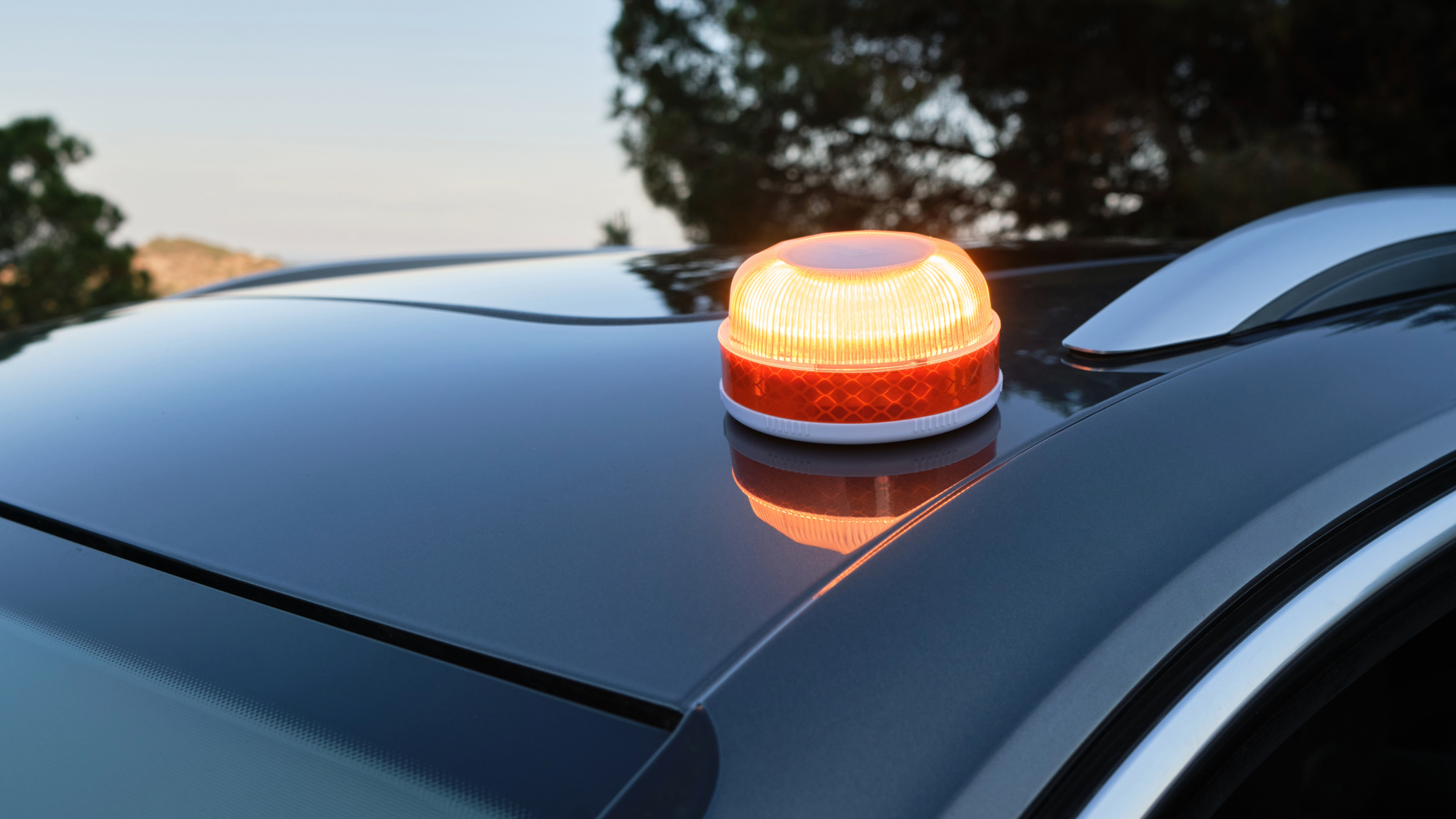What increased traffic incidents could mean for your ESO and what you can do to help protect your members on and along the roadways.
When most people think of the risks their crew faces, they likely think of burning buildings, violent patients, natural disasters and mass casualty incidents. But what they may not think about are the very real risks you face while you’re driving to each incident and responding to scenes along the roadways. Let’s take a look at the hazards your crew faces and review how your emergency service organization (ESO) can implement policies to help address them.
The alarming state of traffic fatalities
Newly-released estimates from the National Highway Traffic Safety Administration (NHTSA) show that 42,915 people died in motor vehicle traffic crashes in 2021—which isn’t only a 10.5% increase from 2020, but it also marks a 16-year high in traffic fatalities.
In addition to an overall increase in traffic fatalities, the NHTSA also reports the following categories showed relatively-large incident rate increases from 2020 to 2021:
- Fatalities in multi-vehicle crashes up 16%
- Fatalities on urban roads up 16%
- Fatalities among drivers 65 and older up 14%
- Pedestrian fatalities up 13%
- Fatalities in crashes involving at least one large truck up 13%
- Daytime fatalities up 11%
- Plus, other traffic-related categories including motorcyclist fatalities, bicyclist fatalities, fatalities in speeding-related crashes and fatalities in police-reported alcohol-involvement crashes
Further, 2020 data from the National Safety Council (NSC) states that 180 people died in crashes involving emergency vehicles—and of those crashes, 31 ambulances and 17 fire trucks were involved.
The risk of responding to roadway incidents
These alarming roadway fatality statistics don’t only mean our drivers and passengers need to be more vigilant while operating vehicles—they also mean there are more roadway incidents for our crews to respond to.
This is a startling danger in its own right as the Emergency Responder Safety Institute (ERSI) reports that 65 responders were struck and killed on the roadways in 2021, including nine fire and EMS personnel.
While there are many ways that your agency can begin to address these risks—focusing on your roadway response and driver safety policies, procedures and guidelines, training and culture is a great place to start.
Tips for safe roadway response
If your current traffic management policies and training neglect to address limiting exposure time, providing advance warning to motorists, creating a buffer zone, positioning blocking apparatus, lighting, establishing a flagger/spotter, operating in a “shadow work zone”, using interagency collaboration and wearing reflective vests—it’s likely time to reevaluate them.
Here are a few resources to help you get started:
- Technical bulletins on ResponderHelp.com, including the USFA Emergency Vehicle Safe Operations Manual, Emergency Responder Safety Institute Resource List and Highway Safety Scenarios.
- Our blog post titled, Have you considered this new highway safety technique, which shares a unique way that some emergency service organizations are addressing this risk, plus outlines roadway safety basics.
- Free sample SOGs on ResponderHelp.com, including Roadway & Roadside Scene Safety, Reflective Striping & Roadway Vests and Traffic Control Safety Checklist.
Resources to help address driver safety
One way you can help ensure that your organization has the best possible drivers on the road to combat driving-related risks is to implement a comprehensive driver qualification program that includes SOPs and SOGs for safe vehicle operations, initial qualification standards, prequalifying and ongoing driver training and assessments, and a formal incident and near-miss review process.
Check out these tools to help your ESO build or evaluate your driver training program:
- Our gold-standard in-person and online driver training and education opportunities available through our Education, Training and Consulting team and VFIS University.
- The Don’t Risk It! podcast episode titled Emergency Driver Training: Initial & Ongoing which talks about initial and ongoing driver training needs.
- Our online article, 1 to 5: How many stars would you give your drivers?, which outlines how to implement a driver qualification program with 6 key components to help you develop 5-star drivers.
- The driving safety risk management resources available at vfis.com.
- The library of driver training resources and free safe vehicle operations SOGs and SOPs available on ResponderHelp.com.
Addressing your safety culture
Whether you’re focusing on driver safety, roadway response or another risk entirely—your training and policies won’t get very far if your organization doesn’t have a top-down (and bottom-up) understanding and buy-in of them. That’s why your culture is so important.
"Culture is generally defined as the behaviors, attitudes, values and beliefs that are shared within a group or organization. It reflects the collective perception of right and wrong, good and bad, or desirable and undesirable actions and characteristics,” notes Everyone Goes Home, an initiative by the National Fallen Firefighters Foundation (NFFF).
So, ask yourself, do all of the members in your organization share the same beliefs and values in regards to the very real risks you face—and the role that training and policies have in helping you reduce those risks? And if not, what’s needed to bring a higher level of commitment to safety within your organization? Whether it’s a change in attitude, more education, increased accountability or something else—it’s important to put in the effort to develop a safety culture to help better protect your team.
The risks your team faces are everchanging, but all are very real and potentially dangerous. Putting in the work to address the hazards you face through your SOGs and SOPs, training and culture might be time consuming—but it won’t only help improve your operations but also help ensure “Everyone Goes Home.” We’re in this together.
DISCLAIMER
The information contained in this blog post is intended for educational purposes only and is not intended to replace expert advice in connection with the topics presented. Glatfelter specifically disclaims any liability for any act or omission by any person or entity in connection with the preparation, use or implementation of plans, principles, concepts or information contained in this publication.
Glatfelter does not make any representation or warranty, expressed or implied, with respect to the results obtained by the use, adherence or implementation of the material contained in this publication. The implementation of the plans, principles, concepts or materials contained in this publication is not a guarantee that you will achieve a certain desired result. It is strongly recommended that you consult with a professional advisor, architect or other expert prior to the implementation of plans, principles, concepts or materials contained in this publication.
This blog post may contain the content of third parties and links to third party websites. Third party content and websites are owned and operated by an independent party over which Glatfelter has no control. Glatfelter makes no representation, warranty, or guarantee as to the accuracy, completeness, timeliness or reliability of any third party content. References to third party services, processes, products, or other information does not constitute or imply any endorsement, sponsorship or recommendation by Glatfelter, unless expressly stated otherwise.
Related posts
We asked 10 members of our VFIS Team to name one auto-related risk that they believe is underdiscussed in fire and EMS agencies. Here’s what they said.
Most volunteer fire departments rely heavily on POVs, but there are inherent risks you should know.
Establish a Emergency Vehicle Operations Program that includes driver/operator requirements to help ensure your vehicles are in the right hands.









Submit a Comment